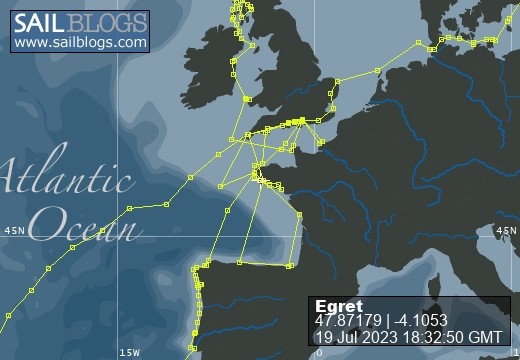
Egret
09 August 2022 | Picture: The Sunk Inner Light Vessel in the Thames Estuary
03 August 2022 | Egret at the Royal Norfolk and Suffolk Yacht Club, Lowestoft
23 July 2022 | Picture: One of the smaller locks at Holtenau
20 July 2022 | Picture: Patrick reminiscing with Juergen at Rostock
11 July 2022 | Picture: Egret at Stralsund, with the barque Gorch Fock beyond
04 July 2022 | Picture: Amanda on Bornholm
01 July 2022 | Picture: Kristianopol, with Egret at far right
26 June 2022 | Ernemar
19 September 2020 | Picture: Egret being lifted out at Ernemar, Sweden
08 September 2020 | Chart: our route from Mem into the Tjust Archipelago
01 September 2020 | Picture: the Carl Johans flight of seven locks
29 August 2020 | Picture: Egret (by G. Einefors)
27 August 2020 | Picture: Egret at Vadstena Castle
25 August 2020 | Picture: Norrkvarn Lock
23 August 2020 | Picture: Egret crossing Lake Vänern
19 August 2020 | Picture: Inside the lowest Trollhatte lock
17 August 2020 | Picture: The Gota Alv Bron in Gothenburg
16 August 2020 | Picture: the GKSS, Langedrag
13 August 2020 | Picture: Egret alongside (left) at Fisketangen
10 August 2019
92. New Potatoes or Sacred Coconuts?
18 September 2013
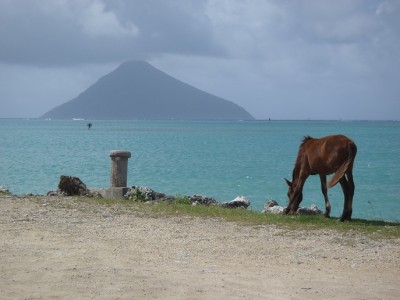
We cast off from our marina berth in Samoa at 1500 on Monday the 9th September and headed out to sea. We were expecting a brisk sail later on, but not the 28knot gusts that hit us as we cleared the land. Under double reefed main and part-rolled genoa, we headed west along the coast to Cape Faleula, where we turned south-west through the Apolima Strait between Upolu and Savaii. We saw lightening to the south-east, and as we cleared the strait at 2300 we ran into short, steep seas. We were heading for the island of Niuatoputapu which is only about 160 miles south-west of Samoa, but the direct route runs straight through the volcanically active Curacoa Reef. Our plan was to give this a wide berth to leeward. In the small hours, a rain squall passed bringing 30 knots of wind, and at midday another prolonged one hit us with a sustained 33 knots and gusts of 38. We decided to dismantle the bimini as a precaution. At 0300 on Wednesday we were clear of the reef and able to alter course directly towards our destination. Unfortunately this was virtually close-hauled, and the 2.5m steep waves made for a slow, uncomfortable ride, with occasional dollops of sea landing in the cockpit. With 10 miles to go, we decided we'd endured this long enough, so started the engine to help us to point whilst maintaining a reasonable speed.
Niuatoputapu apparently means "Very Sacred Coconut", but has been knicknamed "New Potatoes" by Kiwi cruisers. It looks something like a battered trilby hat, with a ridge of high ground through the middle surrounded by a wide, low-lying rim. There is a small lagoon on the north side, and we reached our waypoint off the pass through the outlying reef at 1120. After identifying the transits we made our way carefully in, the coral clearly visible just below the water on either side. We anchored off Falehau jetty and turned in for a couple of hours sleep. When we awoke, we watched the supply ship "Otuanga'ofa" moor up stern to the quay. She stayed for about three hours and exited the pass just before dusk.
Next morning, we were boarded by the Customs, Quarantine and Health officers, the latter doubling as the island's only doctor. As a remote outpost of the Tongan Group, we had to go through the full rigmarole of clearing in to the country. After answering questions and filling in a few forms, I then had to ferry the officers back to the quay. The three of them wanted to go together, but, with half a mile of choppy water to cross in a small dinghy and remembering my experience in Samoa, I refused, and took two first, then went back for the other. We went ashore in the afternoon for a walk around Falehau, the nearest village. A few horses stood on the quay and dozens of pigs grazed on the foreshore and the grassland. The island was hit by a Tsunami in 2009 which destroyed much of the village and 9 members of the total population of 1400 lost their lives. Tsunami warning signs give directions about how to detect the approach of one and the route to safe ground. New bungalows have been provided on higher ground, but many of the villagers refuse to move, wanting to stay in their old homes beside the lagoon. These are often rickety timber huts on stilts with corrugated iron roofs. The oldest were still thatched and some were clad in basket-work, but quite a few also sported solar panels. Some of the villagers paddle smartly painted outrigger canoes to go fishing, whilst others use small cabin boats with outboards.
The day after, we took the dinghy further up the lagoon to Hihifo, the small town, to buy some Tongan pa'angas to pay our dues. We walked to the tiny hospital to pay the health fee directly to the doctor. He was keen to chat and professed to being very bored on the island. He told us that he had just returned on the supply ship after accompanying a patient to Vava'u. There is an airstrip, but the New Zealand airline had withdrawn its service in protest against unfair competition from a new Tongan plane provided by the Chinese, which in turn was grounded as it had been unable to get any airworthiness certificate! In the evening we joined in with a pot-luck supper with the other cruisers at the home of Seah, an enterprising villager who acted as the island's unofficial tourist advisor. This had been cancelled the evening before due to torrential rain, although we had been compensated by the sight of a fine rainbow.
Next day, a group of about ten adults and five children from the yachts went for a walk over the central spine of the island, lead by Seah's two teenage boys, who were shod with three shoes between them. It was a steep climb up the first slope, but we were rewarded by stupendous views from the top. We followed an overgrown track along the undulating ridge through jungle, cleared by our young guides with machetes. Half way along we took a coconut break, courtesy of the older boy who shinned up a tree and lobbed down a dozen or so. Later we stopped to eat our picnics looking out across the lagoon towards the neighbouring island of Tafahi. This is an almost perfectly conical, extinct volcano around 650m high, with steep, wooded slopes rising directly out of the sea. We slithered down the far end of the ridge and walked past fruit plantations and through a new estate of smart prefabricated homes, one of the "Post Tsunami Reconstruction Projects" funded by the World Bank. We ended up at the "Vai Ko Niutoua" fresh water spring which bubbles out of the ground to form a small pool and stream, where some of us swam. Those of us who hadn't been before were given a brief tour of the rest of the island riding on the back of a small pick-up truck driven by Seah. She took us to the far end of the island, where there is no protective reef, to see the ocean waves crashing directly onto the shore, then back to the quay via a couple of the inland villages. On our fifth day, we took the dinghy out to a small motu at the edge of the lagoon, which is surrounded by white coral beaches. We saw some whales in the distance, the area between the two islands being a known breeding ground. We spent the rest of the day baking bread, preparing meals and getting "Egret" ready for sea.
In a grey, drizzly, pre-dawn light next morning we winched up the chain and anchor and washed off the sticky white mud. We hoisted the mainsail and motor-sailed out through the reef onto a rough sea. A few whales could be seen some way away. Once clear of the eastern tip of the island we tacked and headed south under staysail and double-reefed main as the sun began to break through the cloud. We had decided that we should use our hanked-on staysail more often rather than relying on over-furling a genoa in stronger winds, which doesn't do them much good. The wind fluctuated between 16 and 22 knots from the west for the entire 180 miles, and we let out or took in reefs accordingly. The trip was uneventful apart from having to dodge a few seamounts along the way. I was controller for the "Southern Cross Net" on the second morning, which was still keeping up good numbers with up to twenty boats checking in each day. At 1100 on our second day out from Niuatoputapu, the flat topped island of Vava'u appeared above the horizon, 21 miles away across a building sea. Three hours later we reached our waypoint and turned into Faihava Passage, the main entrance into the majestic maze of waterways running between the limestone islands of the Vava'u Group. We dropped the anchor at 1645 in Vauleleva Bay.
Niuatoputapu apparently means "Very Sacred Coconut", but has been knicknamed "New Potatoes" by Kiwi cruisers. It looks something like a battered trilby hat, with a ridge of high ground through the middle surrounded by a wide, low-lying rim. There is a small lagoon on the north side, and we reached our waypoint off the pass through the outlying reef at 1120. After identifying the transits we made our way carefully in, the coral clearly visible just below the water on either side. We anchored off Falehau jetty and turned in for a couple of hours sleep. When we awoke, we watched the supply ship "Otuanga'ofa" moor up stern to the quay. She stayed for about three hours and exited the pass just before dusk.
Next morning, we were boarded by the Customs, Quarantine and Health officers, the latter doubling as the island's only doctor. As a remote outpost of the Tongan Group, we had to go through the full rigmarole of clearing in to the country. After answering questions and filling in a few forms, I then had to ferry the officers back to the quay. The three of them wanted to go together, but, with half a mile of choppy water to cross in a small dinghy and remembering my experience in Samoa, I refused, and took two first, then went back for the other. We went ashore in the afternoon for a walk around Falehau, the nearest village. A few horses stood on the quay and dozens of pigs grazed on the foreshore and the grassland. The island was hit by a Tsunami in 2009 which destroyed much of the village and 9 members of the total population of 1400 lost their lives. Tsunami warning signs give directions about how to detect the approach of one and the route to safe ground. New bungalows have been provided on higher ground, but many of the villagers refuse to move, wanting to stay in their old homes beside the lagoon. These are often rickety timber huts on stilts with corrugated iron roofs. The oldest were still thatched and some were clad in basket-work, but quite a few also sported solar panels. Some of the villagers paddle smartly painted outrigger canoes to go fishing, whilst others use small cabin boats with outboards.
The day after, we took the dinghy further up the lagoon to Hihifo, the small town, to buy some Tongan pa'angas to pay our dues. We walked to the tiny hospital to pay the health fee directly to the doctor. He was keen to chat and professed to being very bored on the island. He told us that he had just returned on the supply ship after accompanying a patient to Vava'u. There is an airstrip, but the New Zealand airline had withdrawn its service in protest against unfair competition from a new Tongan plane provided by the Chinese, which in turn was grounded as it had been unable to get any airworthiness certificate! In the evening we joined in with a pot-luck supper with the other cruisers at the home of Seah, an enterprising villager who acted as the island's unofficial tourist advisor. This had been cancelled the evening before due to torrential rain, although we had been compensated by the sight of a fine rainbow.
Next day, a group of about ten adults and five children from the yachts went for a walk over the central spine of the island, lead by Seah's two teenage boys, who were shod with three shoes between them. It was a steep climb up the first slope, but we were rewarded by stupendous views from the top. We followed an overgrown track along the undulating ridge through jungle, cleared by our young guides with machetes. Half way along we took a coconut break, courtesy of the older boy who shinned up a tree and lobbed down a dozen or so. Later we stopped to eat our picnics looking out across the lagoon towards the neighbouring island of Tafahi. This is an almost perfectly conical, extinct volcano around 650m high, with steep, wooded slopes rising directly out of the sea. We slithered down the far end of the ridge and walked past fruit plantations and through a new estate of smart prefabricated homes, one of the "Post Tsunami Reconstruction Projects" funded by the World Bank. We ended up at the "Vai Ko Niutoua" fresh water spring which bubbles out of the ground to form a small pool and stream, where some of us swam. Those of us who hadn't been before were given a brief tour of the rest of the island riding on the back of a small pick-up truck driven by Seah. She took us to the far end of the island, where there is no protective reef, to see the ocean waves crashing directly onto the shore, then back to the quay via a couple of the inland villages. On our fifth day, we took the dinghy out to a small motu at the edge of the lagoon, which is surrounded by white coral beaches. We saw some whales in the distance, the area between the two islands being a known breeding ground. We spent the rest of the day baking bread, preparing meals and getting "Egret" ready for sea.
In a grey, drizzly, pre-dawn light next morning we winched up the chain and anchor and washed off the sticky white mud. We hoisted the mainsail and motor-sailed out through the reef onto a rough sea. A few whales could be seen some way away. Once clear of the eastern tip of the island we tacked and headed south under staysail and double-reefed main as the sun began to break through the cloud. We had decided that we should use our hanked-on staysail more often rather than relying on over-furling a genoa in stronger winds, which doesn't do them much good. The wind fluctuated between 16 and 22 knots from the west for the entire 180 miles, and we let out or took in reefs accordingly. The trip was uneventful apart from having to dodge a few seamounts along the way. I was controller for the "Southern Cross Net" on the second morning, which was still keeping up good numbers with up to twenty boats checking in each day. At 1100 on our second day out from Niuatoputapu, the flat topped island of Vava'u appeared above the horizon, 21 miles away across a building sea. Three hours later we reached our waypoint and turned into Faihava Passage, the main entrance into the majestic maze of waterways running between the limestone islands of the Vava'u Group. We dropped the anchor at 1645 in Vauleleva Bay.
Comments
| Vessel Name: | Egret |
| Vessel Make/Model: | Sweden Yachts 390 |
| Hailing Port: | Chichester Harbour |
| Crew: | Patrick & Amanda Marshall |
Egret's Photos - Main
R.jpg) |
The Gota River, Trollhatte Canal, Lakes Vanern & Vattern and the Gota Canal
2 Photos | 9 Sub-Albums
Created 30 September 2020
|
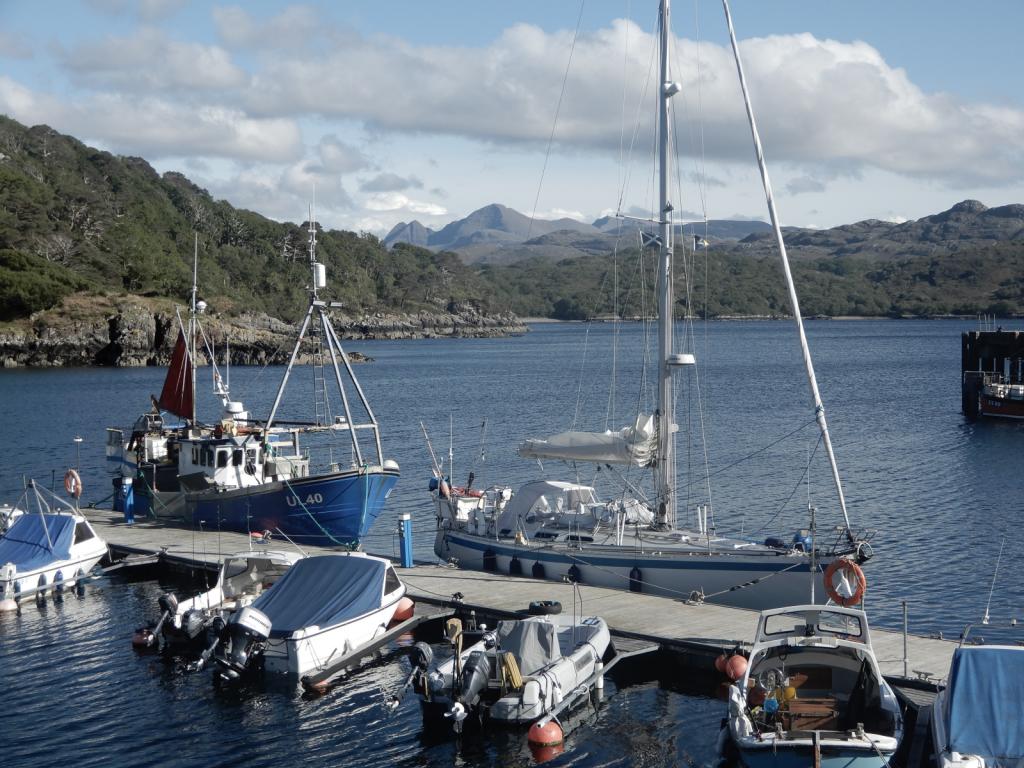 |
The Inner and Outer Hebrides, Orkney, Fair Isle, Shetland, Norway and Sweden's west coast.
1 Photo
Created 14 November 2019
|
|
Normandy, Scilly, Pembrokeshire, Ireland, Isle of Man, Northern Ireland, Inner Hebrides and the Crinan Canal.
1 Photo
Created 14 November 2018
|
Egret
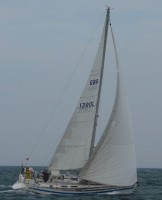
Who: Patrick & Amanda Marshall
Port: Chichester Harbour

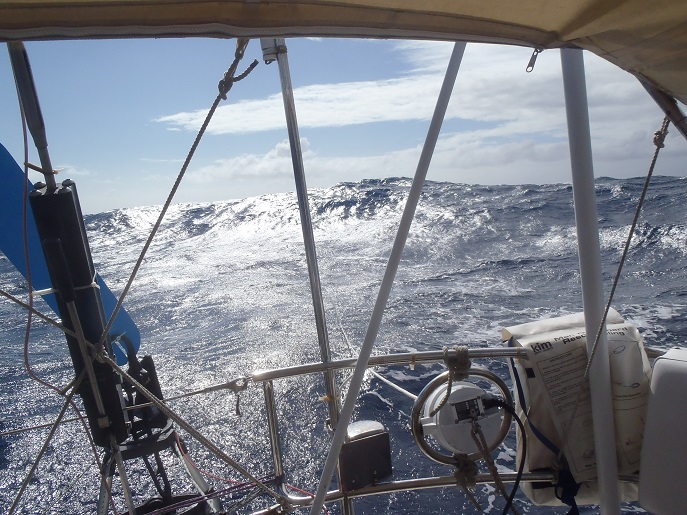
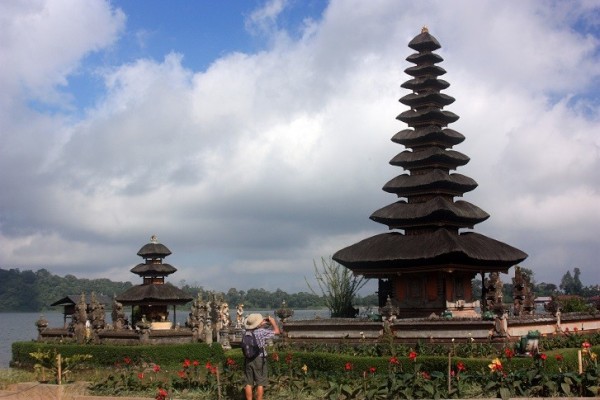
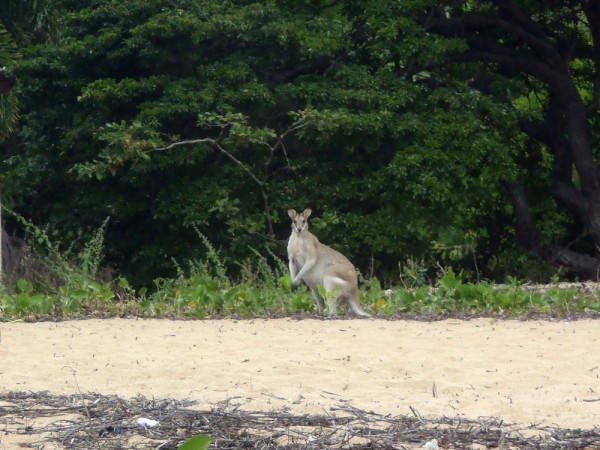
, Pentecost, Naghol (Land diving)a.jpg)
Amanda raising the Quarantine & New Zealand courtesy flagedit_edited-1 a.jpg)
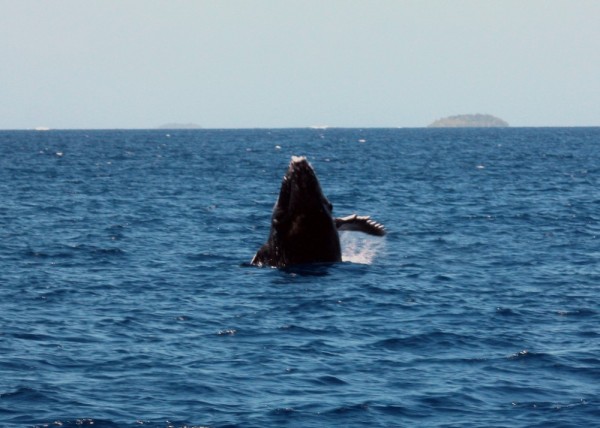
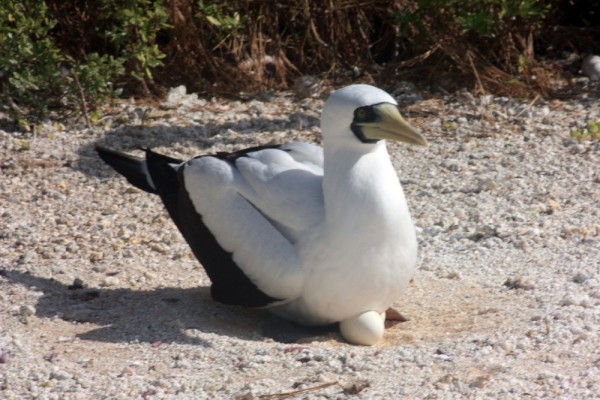
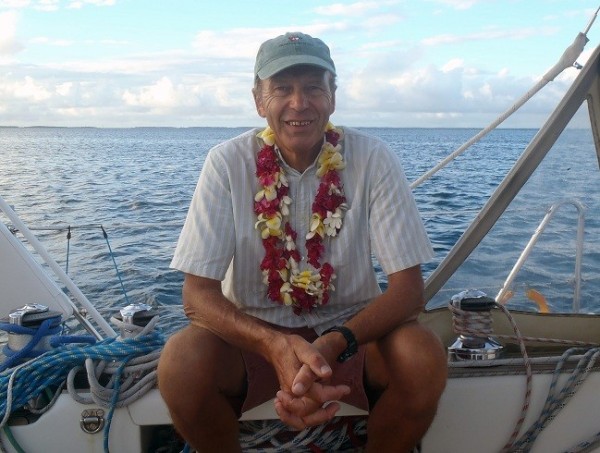
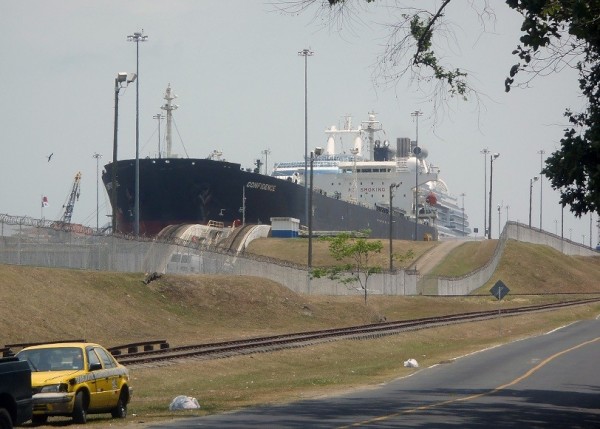
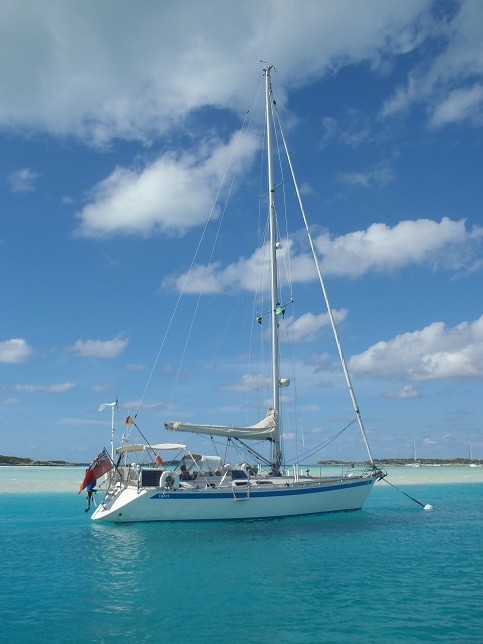
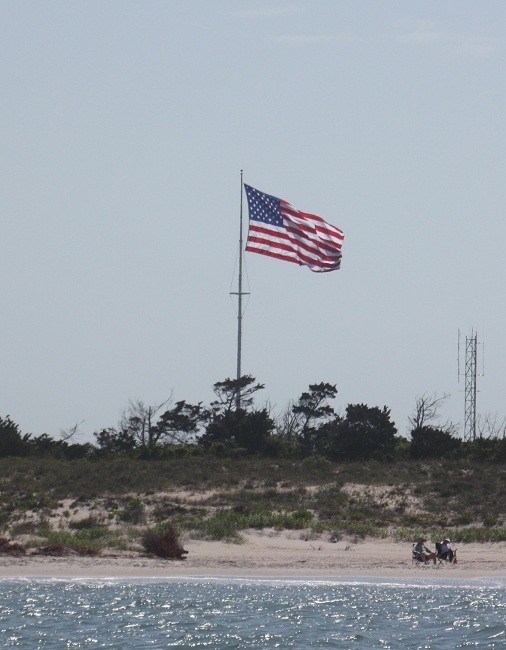
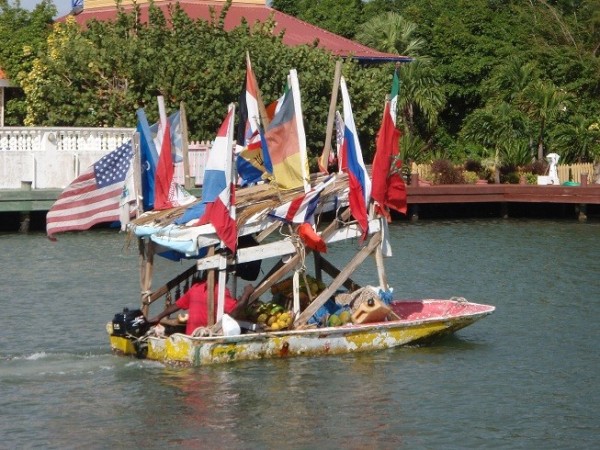
R.jpg)




 Mt Teide National Park a.jpg)
